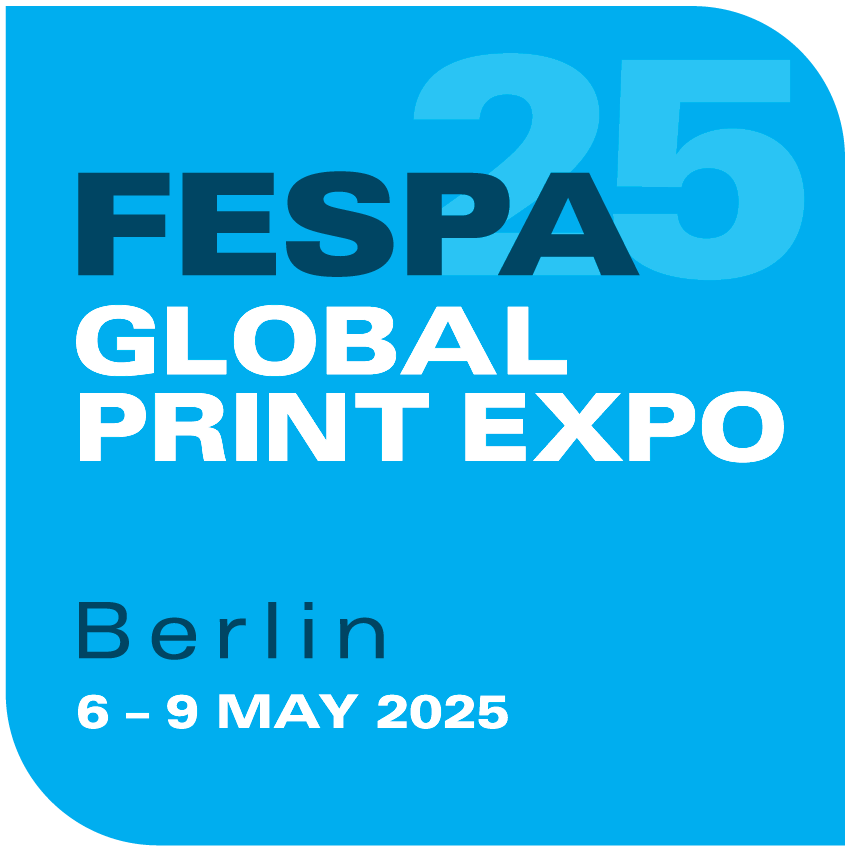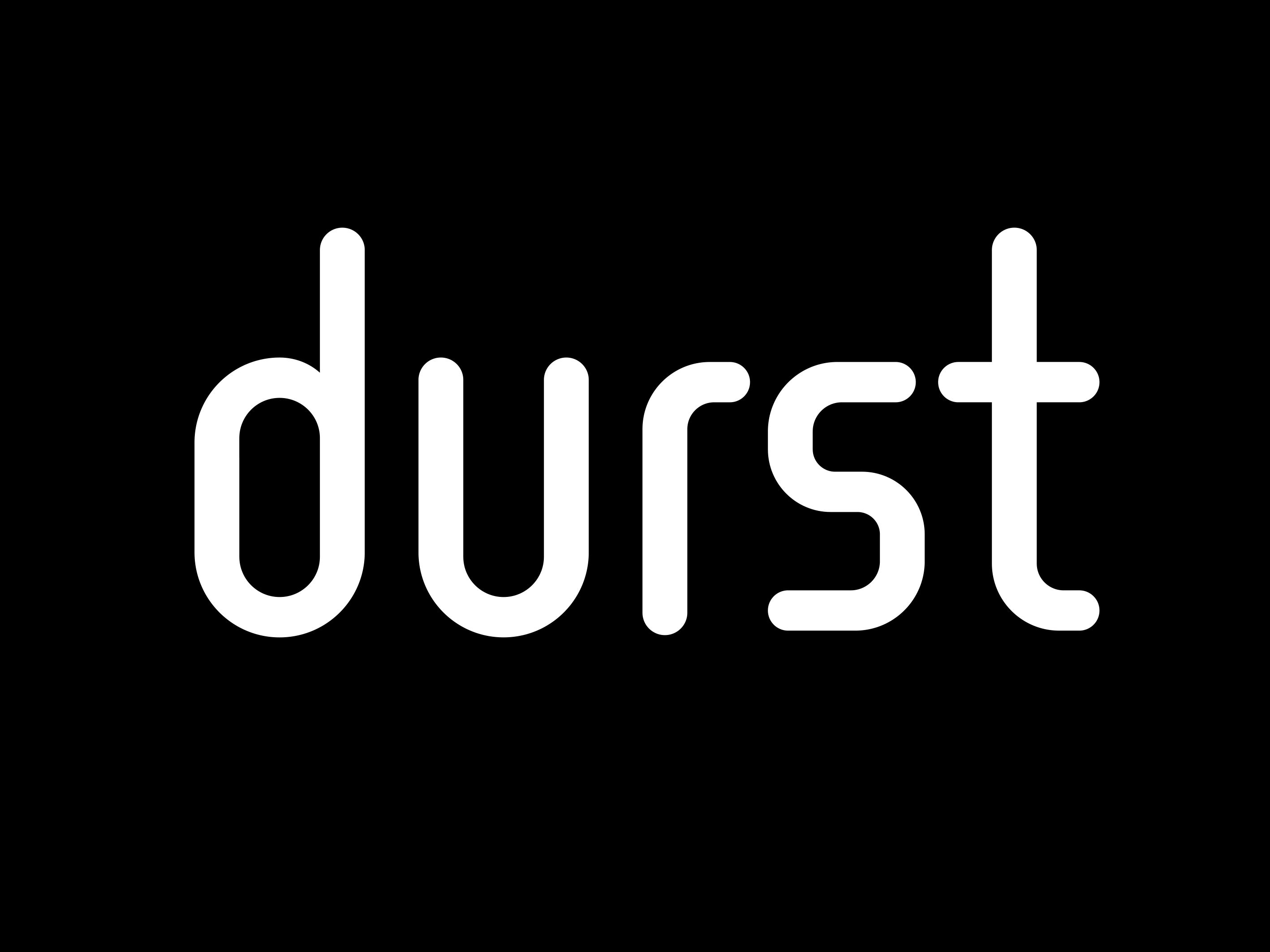The Process of Printing Photos on Fabric
)
If you're considering printing photos on fabric, traditional methods may not always meet your needs. Techniques like screen printing have color and design restrictions, sublimation is limited to light polyester, and inkjet transfers are typically suited for thin, lightweight fabrics. To overcome these limitations, a more versatile method is Direct-to-Film (DTF) Transfer. This approach allows you to print detailed photos and designs on any fabric, regardless of color or material.
Why Choose DTF for Printing Photos on Fabric?
With multiple options available for fabric printing, you may wonder what sets DTF apart. The key difference is that DTF combines the strengths of traditional printing methods while avoiding their drawbacks.
Here’s why DTF is a standout choice:
- Exceptional Color Quality
While screen printing is vibrant, it limits your design options and struggles with photo-realistic prints. Sublimation offers full-color prints but lacks intensity. DTF merges the best features of both, delivering vivid, sharp, and lifelike images.
- Universal Fabric Compatibility
DTF works on almost any fabric—cotton, polyester, silk, denim, blends, and even textured surfaces like leather and canvas. It performs on both light and dark materials, natural and synthetic fabrics, without any need to choose the right type.
- Durable and Long-Lasting Prints
DTF prints are resistant to washing, scratches, and flexible enough to move with the fabric. They last through 50 to 100 washes without fading or peeling, ensuring longevity.
- Detail Preservation
DTF captures every intricate detail, making it ideal for complex designs, fine lines, and gradient-rich artwork.
- Affordable and Scalable
DTF is cost-effective, with prices often below a dollar per print at scale. You can print onto film and store or sell pre-made designs for future use.
Essential Tools and Supplies for DTF Printing
To get started with DTF photo printing, here’s a list of the necessary equipment and materials:
- DTF Printer
A dedicated DTF printer is essential for reliable results. While you can modify other printers (like DTG or photo printers) for DTF, they require frequent maintenance. A specialized DTF printer is more dependable. The xTool Apparel Printer, for example, integrates a built-in powder shaker and curing unit, offering an all-in-one solution.
- Transfer Film
PET (polyethylene terephthalate) film is crucial for DTF printing. It absorbs the inked design and transfers it to fabric when heat is applied. You’ll find both hot peel and cold peel versions—hot peel involves removing the backing immediately after pressing, while cold peel requires waiting for the film to cool.
- DTF Inks
DTF inks are pigment-based in CMYK and include a white ink layer to help designs stand out against darker fabrics. Fluorescent inks are available for extra brightness and boldness.
- Adhesive Powder
This powder adheres the ink to the fabric. White powder is best for light fabrics, while black powder suits darker materials. The powder comes in varying particle sizes: fine powders are great for intricate designs, and coarser ones add texture or thickness.
- Heat Press
A heat press is necessary to transfer the design from the film to fabric. It ensures uniform pressure and temperature. The xTool Heat Press is an excellent choice, offering models for both small and large fabric items.
Step-by-Step Guide to Printing Photos on Fabric
Follow these steps to print your photo on fabric using a DTF printer like the xTool Apparel Printer:
- Select a High-Quality Photo
Start with a photo that’s at least 300 dpi. You can adjust the contrast and sharpness in an editing software like Photoshop. Ensure the image is fully connected, especially if working with transparent designs.
- Prepare the Photo in RIP Software/XCS
DTF printing requires RIP (Raster Image Processor) software to prepare the file. The software converts RGB colors to CMYK and controls the white ink layer. If you’re using the xTool Apparel Printer, XCS software is included and simplifies the process. - Print and Apply Adhesive
After printing the design on the film, sprinkle adhesive powder onto the wet ink. Shake off the excess and cure it in an oven. With the xTool Apparel Printer, this process is automated—no need for separate machines or manual powder application.
- Transfer the Design with a Heat Press
Once your printed film is ready, heat press it onto your fabric. Settings may vary depending on the fabric. Some experts recommend a second press using the backing sheet to ensure the design adheres properly.
While many methods exist for printing photos on fabric, DTF is the most versatile. It ensures sharp, vibrant designs on any material and offers durability and affordability. The xTool Apparel Printer streamlines the process by automating the steps of adhesive application and curing, making it an ideal choice for seamless fabric printing.







